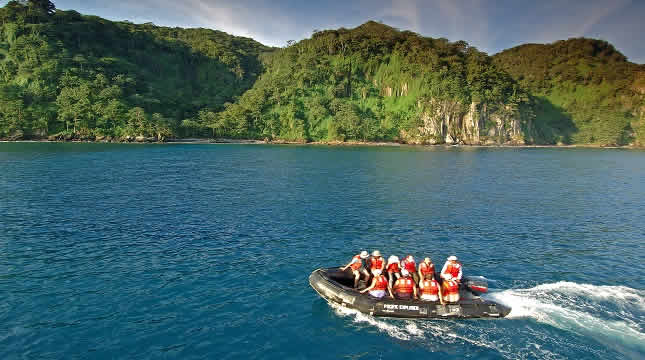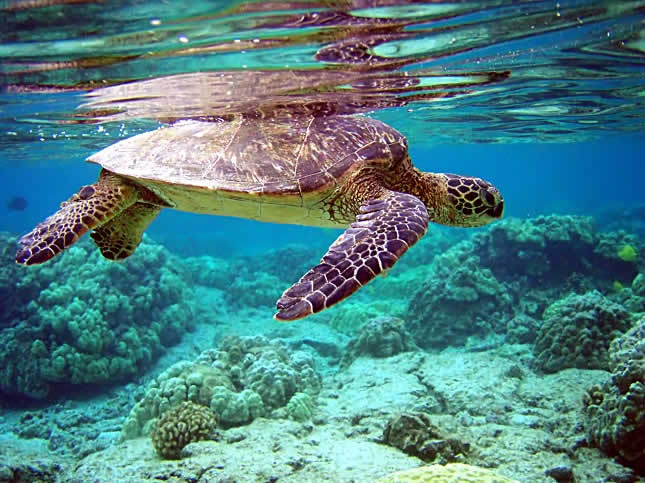Discover Ecotourism in Costa Rica
. Le 10 mars 2016
How can you identify the places to visit that really engage in ecotourism?

Whether your holidays are already planned, or are you are just buying your air tickets, it is still the right time to choose an ecotourism vacation. When you arrive at Costa Rica’s international airports, you will see the conservation efforts with trash cans available that allow you to recycle paper, plastic, glass, and non-perishable waste. Throughout your travels in Costa Rica, you will find signs for protected areas, environmental conservation programs, “Blue Flags” for clean beaches and national parks, tourism businesses holding the “Certificate for Sustainable Tourism” (CST), etc.
What should you do to ensure you have an ecotourism vacation? Here are the recommendations you should follow:
1. Use natural resources such as water and energy sparingly. They are scarce and must be conserved.
2. When you have to get rid of any recyclable waste, do it properly and keep the environment clean.
3. In a natural area, avoid leaving waste and do not take nature as a souvenir (leaves, flowers, stones). There are many souvenirsm that will serve well as a gift or memento of our country.
4. Learn about the places you will visit that are “protected areas” so you know what rules to follow and precautions to take.
5. Get to know the culture, customs, cuisine and traditions of the local people.
6. Identify tourism businesses that have the CST (Certification for Sustainable Tourism) to help support their environmental practices.

Not only does Costa Rica offer unforgettable and sustainable holidays, you also can enjoy close experiences with nature. You can stay at boutique hotels, engage in challenging adventure tours like canopy zip lines and rafting, and be surrounded by forests and native wildlife. Some recommended activities include:
1. Bird watching: Costa Rica offers an astonishing diversity of birds with more than 850 species, which you can observe in rainforest locations like Selva Verde Lodge & Rainforest and Cinco Ceibas Adventure Park & Rainforest in Sarapiqui, Hotel Cristal Ballena on the southern Pacific Coast in Uvita, and Hotel Macaw Lodge by the Carara National Park.
2. Sea turtle observation: Costa Rica is full of places to observe sea turtles, like Tortuguero National Park where you can see green sea turtles and leatherback turtles; the Las Baulas National Marine Park in Guanacaste where leatherback sea turtles also come to nest; and the Ostional National Wildlife Refuge on the Nicoya Peninsula, the second largest nesting site in the world for olive ridley turtles. In Gandoca Manzanillo Wildlife Refuge on the southern Caribbean Coast, you can see leatherback, green and hawksbill turtles.
3. Looking for rainforest frogs: the country is abundant with different types of rainforest frogs, like the red poison-dart frog, the red-eyed tree frog, and glass frogs, among others. All of these kinds of frogs you can find in places like hotel gardens, or national parks such as Tortuguero National Park, Rincon de la Vieja National Park, Santa Rosa National Park, and Corcovado National Park.
4. Whale watching: If you've never seen a whale, you can see it. The tropical climate of the country allows that these large visitors can be seen between July and November, and from December to March. The best place for whale watching in Costa Rica is the Pacific Coast off the Osa Peninsula, where you can see more than 25 different species. The Ballena National Marine Park by Dominical is a very good place to see humpback whales, along with the Manuel Antonio National Park by Quepos.
You can contact Costa Rica for prices on special package tours at www.travelcostarica.cr. Costa Rica also offers other natural wonders that form part of our ecotourism attractions: volcanoes, many of them active and producing hot springs; archaeological sites, national parks and biological reserves. All of these can be included to create a lovely vacation in Costa Rica.





